The Metropole was the reporters' and photographers' hangout before the Vietnam war and it is where Greene wrote most of The Quiet American. The author stayed in this old colonial French hotel when he was working and reporting for Paris Match in the fifties. Nowadays, post-restoration, the 120 year old hotel with its dark wood panelling is one of Asia's finest. It has an added Opera wing giving clients a choice between traditional and modern.
After the departure of the French from Hanoi, the Metropole was taken over by the army of Ho Chi Minh and unfortunately, was allowed to deteriorate. It was always a popular hotel however, being the best in the city, and from the Comintern bigwigs to singer Joan Baez during the early days of the Vietnamese war, the hotel has seen its fortunes rise and fall. Today, they are definitely on the rise: in fact they have very much risen.
Food Markets in Hanoi, Vietnam
Leave the thousand-year-old district known as the “36 streets” where each street once belonged to a merchant guild, and head to the colour and noise of Hanoi's biggest market, noisy, smelly and colourful. Here are unrecognizable vegetables, bits of pig one would rather not see, skinned dogs and wriggling eels, bags of writhing toads (boil them before frying them in oil and serve with plantains) along with the more mundane cauliflowers, cabbages, chicken pieces and herbs, dozens of herbs.
Eating in Hanoi
Catfish figures largely in the Vietnamese menu and the locals add fermented fish sauce to most dishes. The major hotels do not add this, but it is always available if the customer asks for it. Ginger, turmeric, coriander and lemongrass are the herbs most used in the dishes, and chicken is often coated in honey.
Mangoes and papayas seem twice the size they are anywhere else, Japanese pears and imported apples glisten and look attractive but are relatively tasteless, so stick to the local fruits. Lychees and mangosteens (in season) are always good.
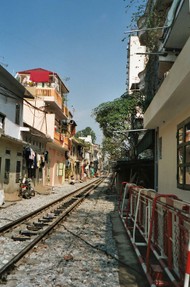
Footnote on Graham Greene
It's a pity Graham Greene isn't alive today to write about Uncle Ho lying in his glass sarcophagus in his mausoleum, the most popular sight in today's Hanoi.. He would have seen the surreal side of so many western visitors, including Americans, queuing to view Uncle Ho, nearly 50 years after the war that cost so many lives and destroyed so many dreams.


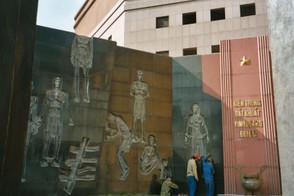

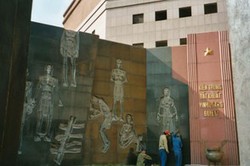

 The Alternative Picture Galleryon 04/20/2016
The Alternative Picture Galleryon 04/20/2016
 ROME - Where the Past Comes to Lifeon 03/26/2016
ROME - Where the Past Comes to Lifeon 03/26/2016
 Only in London - New Unique Guideon 01/25/2016
Only in London - New Unique Guideon 01/25/2016
 Manna, from Sicily, not from Heavenon 01/08/2016
Manna, from Sicily, not from Heavenon 01/08/2016
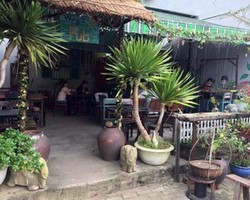
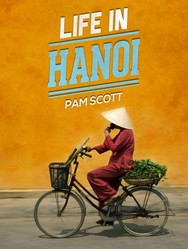
Comments
Okay now you've gone and done it, I have the urge to pack my bags and travel. :)K